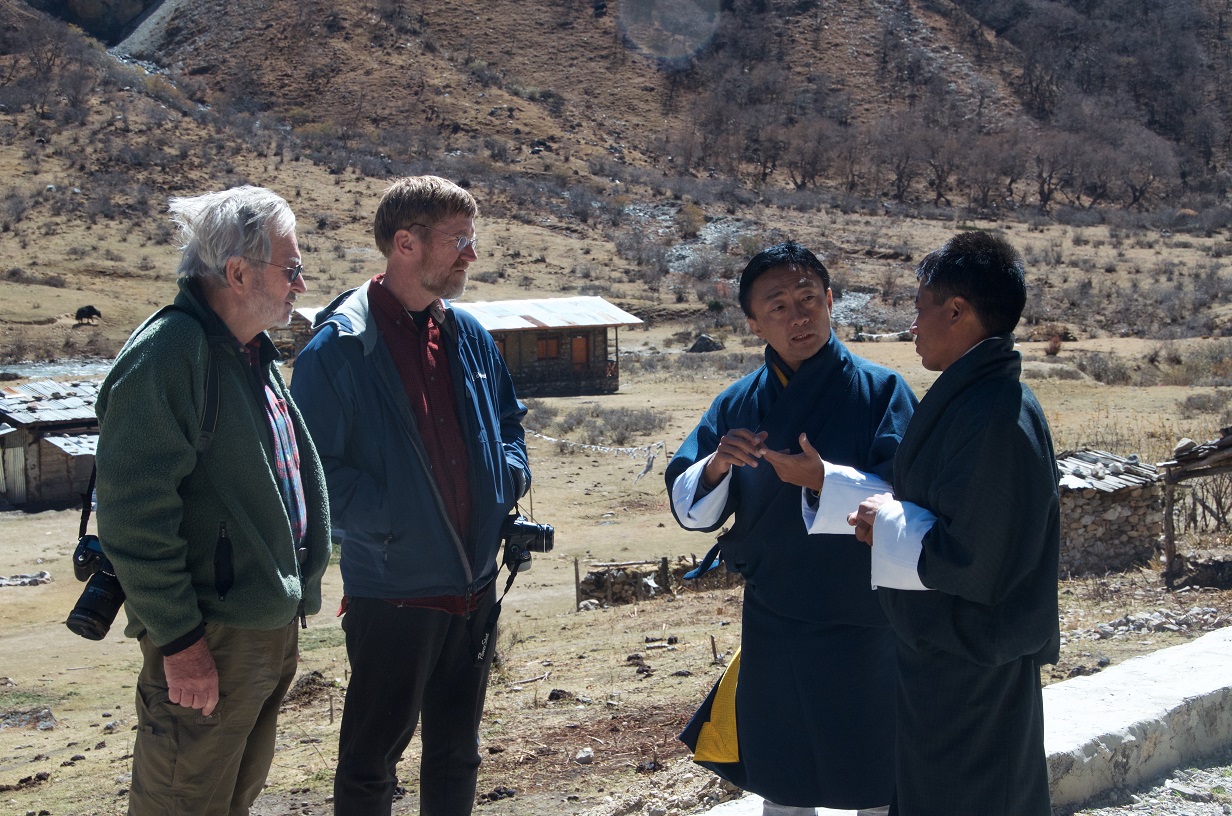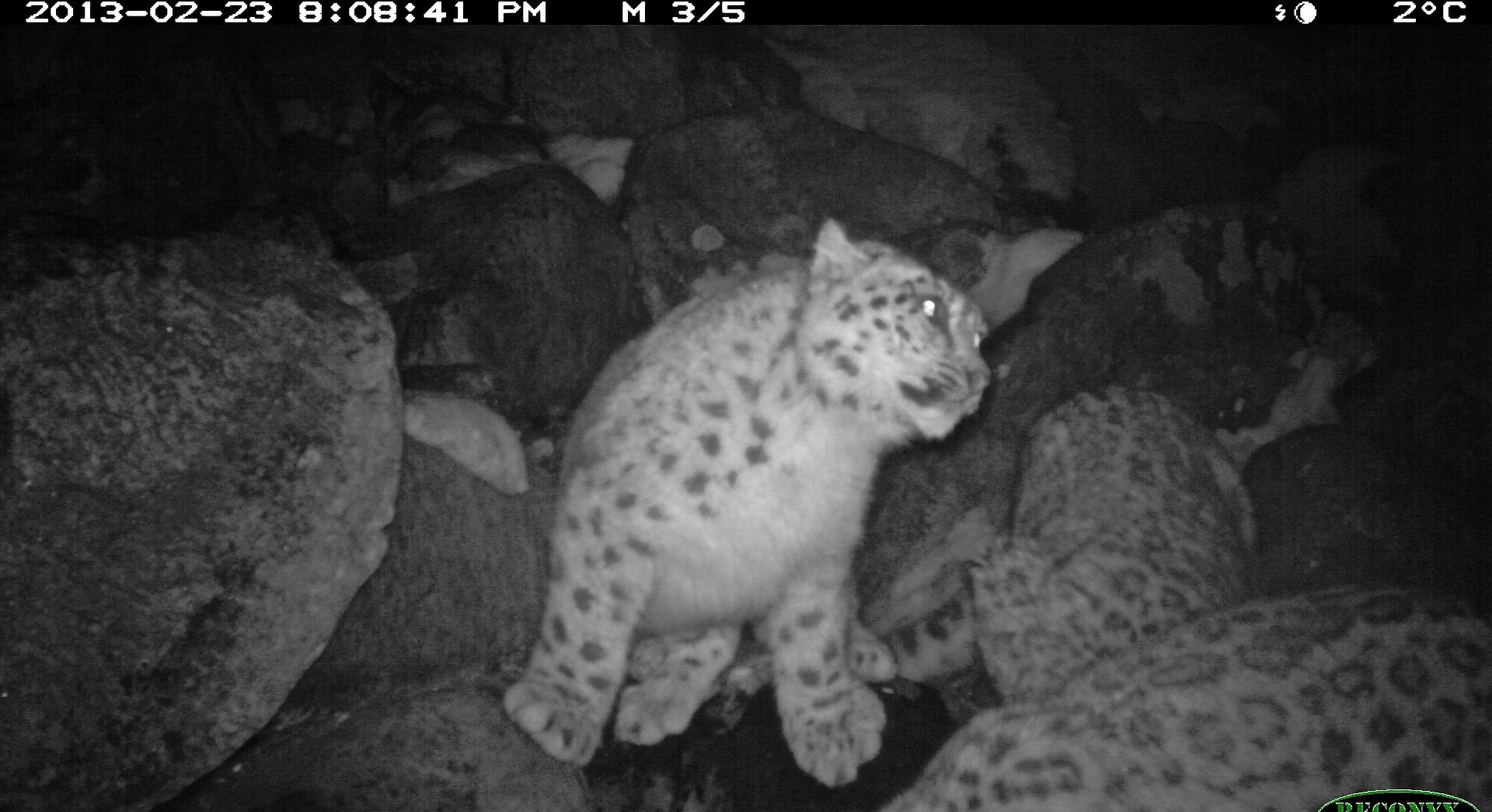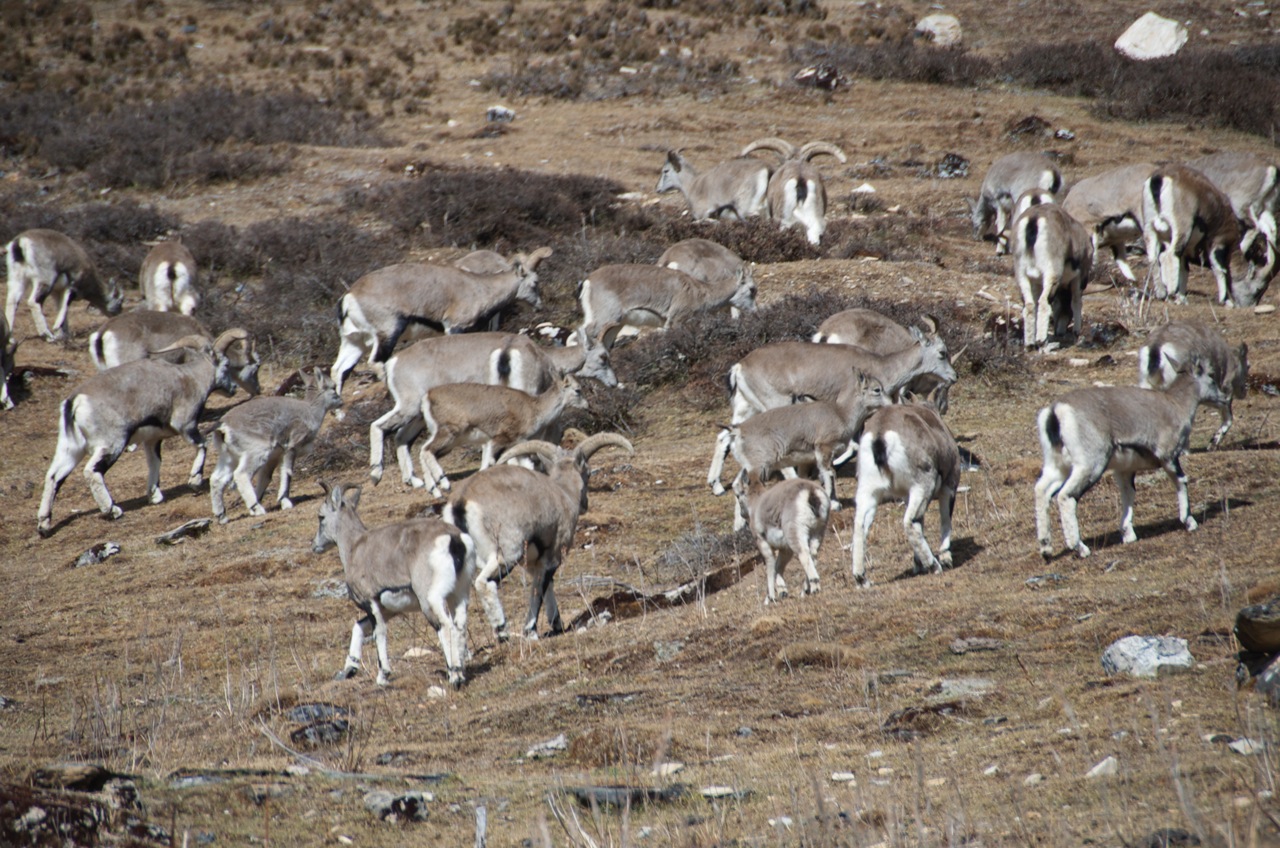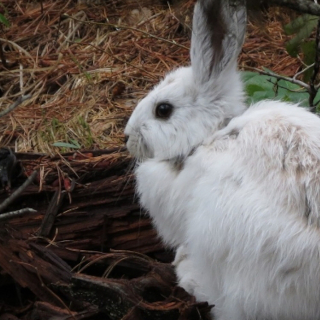Engaging local communities in snow leopard conservation

Our field surveys in 2008 showed that the Soe-Lingzhi region of Bhutan’s Jigme Dorji National Park (JDNP) was one of the most important strongholds for the endangered snow leopard. Knowing how many snow leopards there were and how they were distributed alone was not sufficient. Rather, an important question was, “what driver their persistence in this region?”
Unlike the eastern parts of northern Bhutan, JDNP harbors healthy populations of snow leopard prey, primarily blue sheep (which is a goat antelope and not a true sheep, by the way). It is not uncommon to come across herds of over a hundred blue sheep foraging on the alpine meadows. Livestock, mainly yak, is ubiquitous in this landscape. And of course, humans, who have been tending this large-bodied ungulate on the mountain pastures for thousands of years. Complex interactions among these players together maintain the snow leopard landscape.
In 2012, we began community consultations to put together a snow leopard conservation plan that would engage local communities actively. It soon became evident that the answer to long-term survival of snow leopard in JDNP would depend largely on the support of local communities. The government already had strong conservation policies in place. What was missing was a reason for communities to care about snow leopard conservation. If there were no tangible benefits coming to the herders from the snow leopard’s existence, and if the only interaction with these cats were the occasional livestock predation, why should herders care about snow leopard conservation, much less support it?
First, we formed volunteer Snow Leopard Conservation Committees in two villages. Then we excited the members by engaging them in camera trapping exercises, bringing them closer to snow leopards. It soon became evident that herders lost more yaks to disease than to snow leopards. So we supported the Livestock Department’s (DoL) efforts to curb disease and improve animal health services, reducing yak calf mortality from thirty-four to seven percent in three years. We built a new school for the children in the community, and started the annual Jomolhari Mountain Festival, which brings together three communities to socialize and improve tourism in the area. Most recently, we supported greenhouses at 12500 ft to grow fresh vegetables to improve nutrition for the residents.
Wait, but what about the snow leopards? How are all these activities saving the snow leopards? Our answer is simple – as peoples’ basic needs are met and when they finally see their lives uplifted because of the snow leopard’s presence; when they begin to see the snow leopard as an asset, and not a liability, it is natural that they will save these cats forever!
Over the years our work has been led by the communities of Soe Yutoed, Yaksa, and Nubri, and supported by the Bhutan Foundation, the Snow Leopard Conservancy, JDNP, DoL, and many other partners.
Tshewang Wangchuk, PhD Candidate
Snow leopard:

Blue Sheep:

